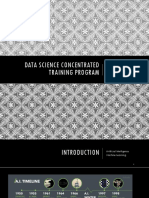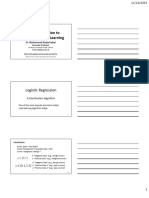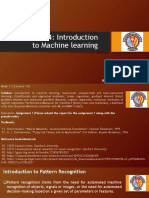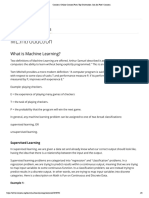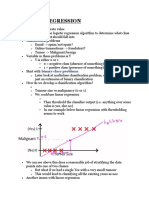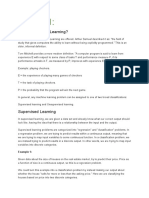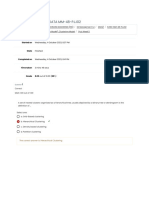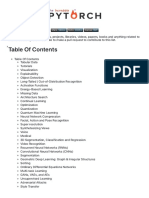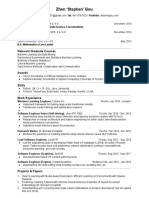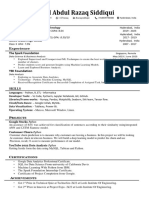0% found this document useful (0 votes)
11 views47 pages01B DL2023 LinearModels
The document outlines concepts in supervised learning, focusing on classification and regression problems using linear models, including linear and logistic regression. It explains the learning process, cost functions, gradient descent, and feature scaling, along with their applications in predicting outcomes. Additionally, it covers logistic regression for probability predictions and classification based on the sigmoid function.
Uploaded by
marshe386Copyright
© © All Rights Reserved
We take content rights seriously. If you suspect this is your content, claim it here.
Available Formats
Download as PDF, TXT or read online on Scribd
0% found this document useful (0 votes)
11 views47 pages01B DL2023 LinearModels
The document outlines concepts in supervised learning, focusing on classification and regression problems using linear models, including linear and logistic regression. It explains the learning process, cost functions, gradient descent, and feature scaling, along with their applications in predicting outcomes. Additionally, it covers logistic regression for probability predictions and classification based on the sigmoid function.
Uploaded by
marshe386Copyright
© © All Rights Reserved
We take content rights seriously. If you suspect this is your content, claim it here.
Available Formats
Download as PDF, TXT or read online on Scribd
/ 47

